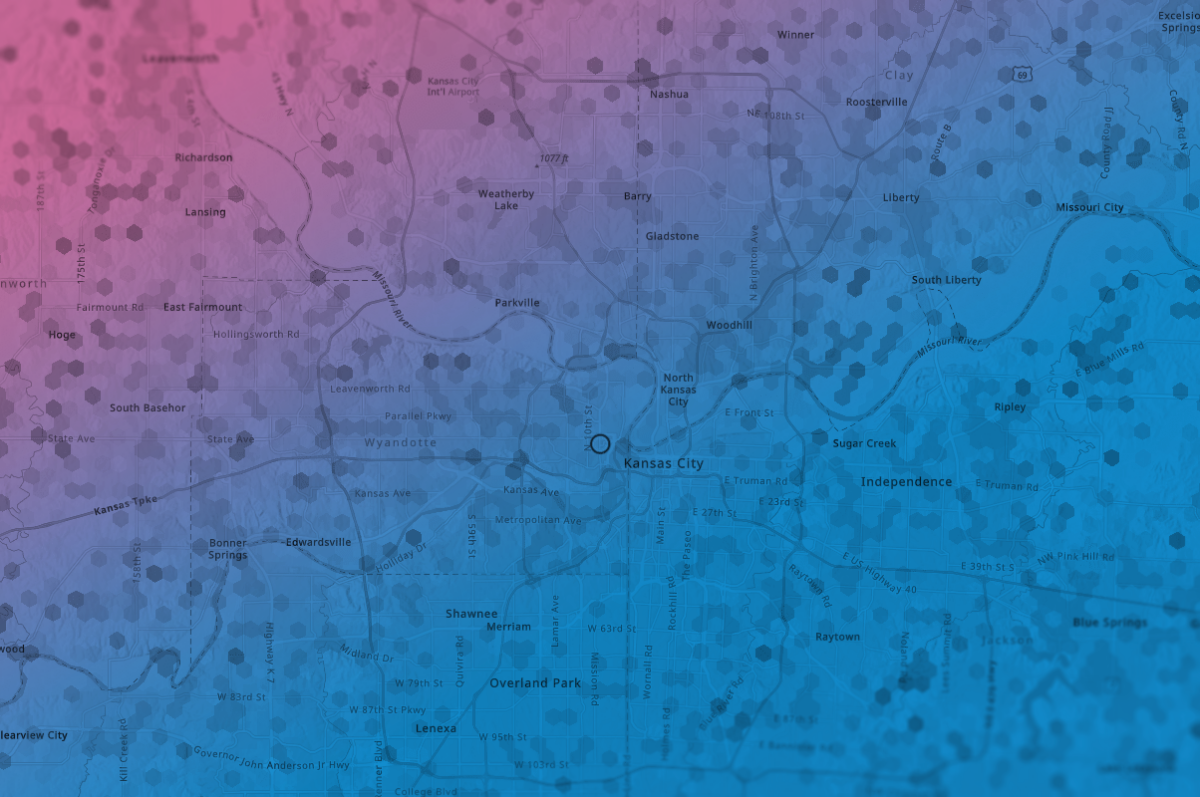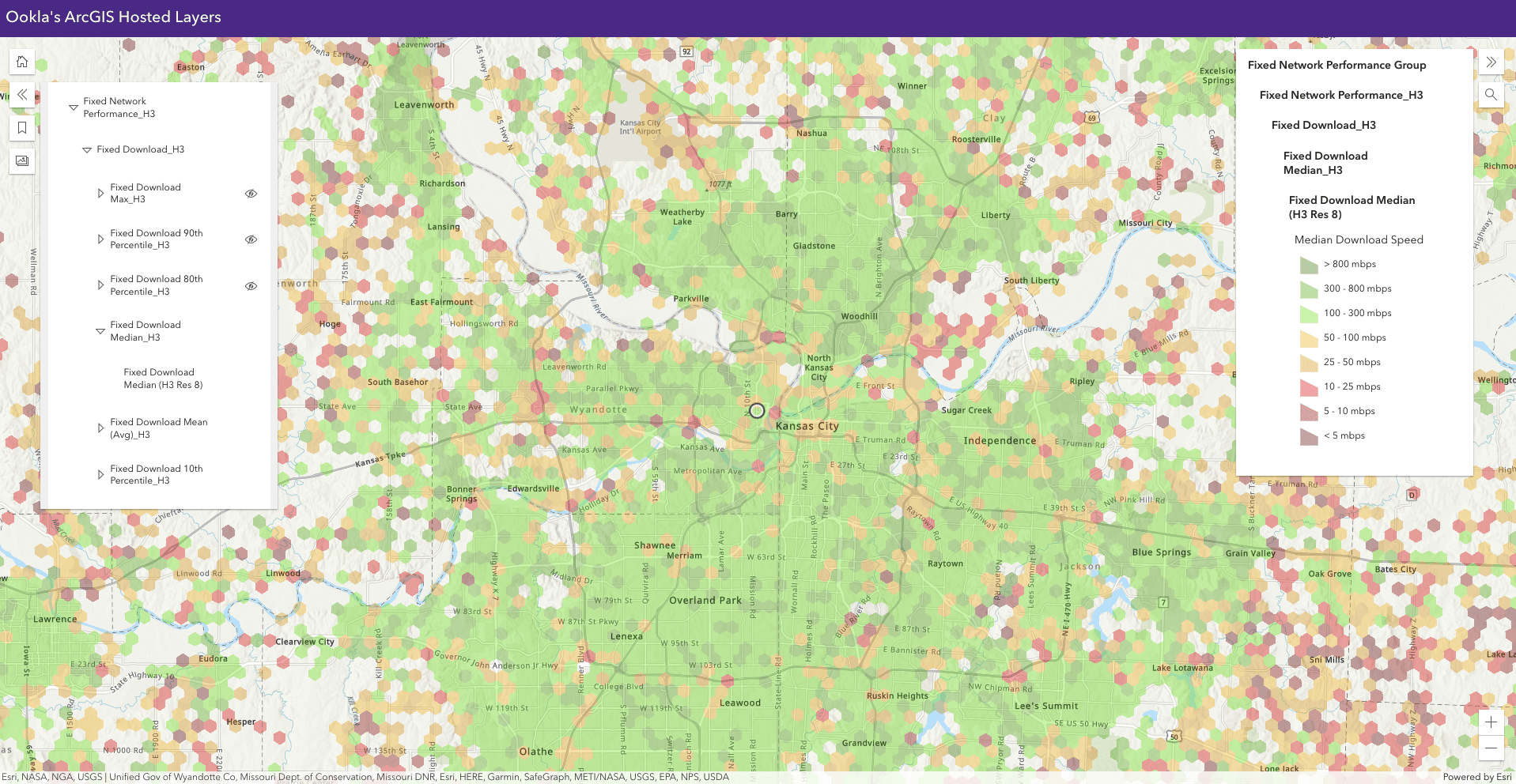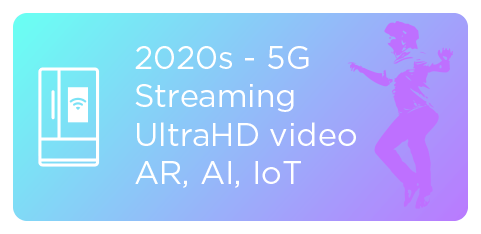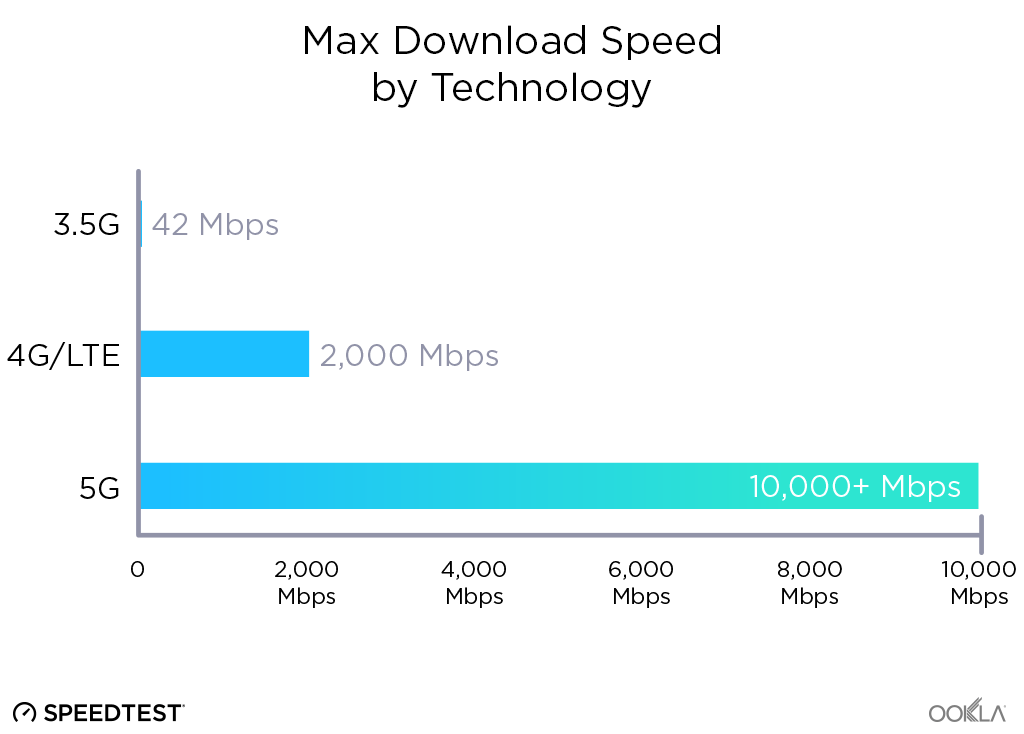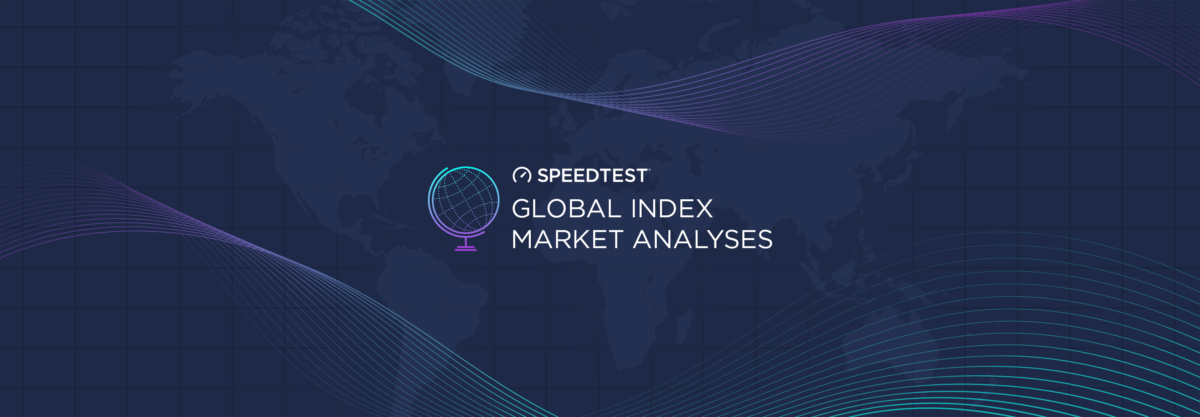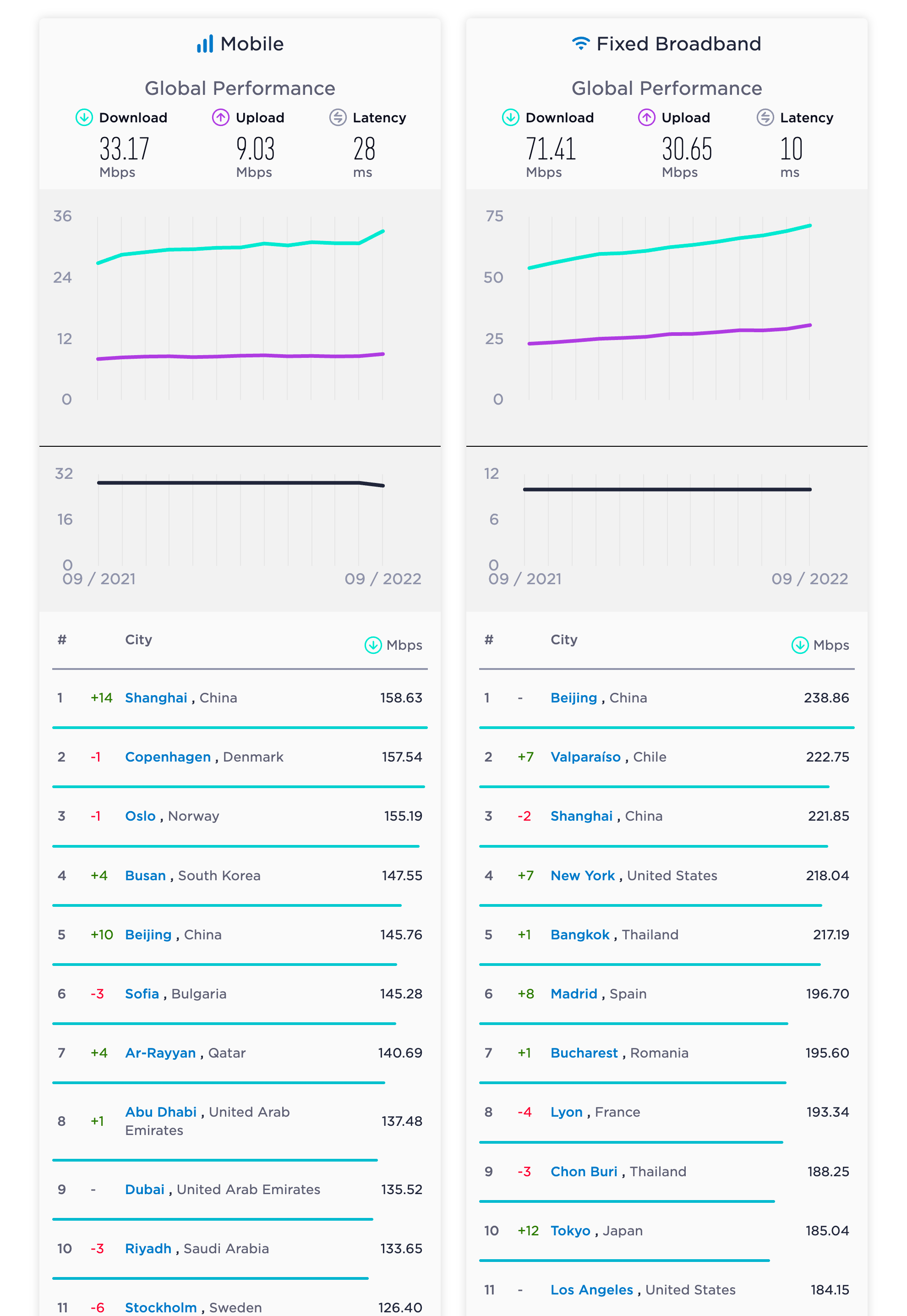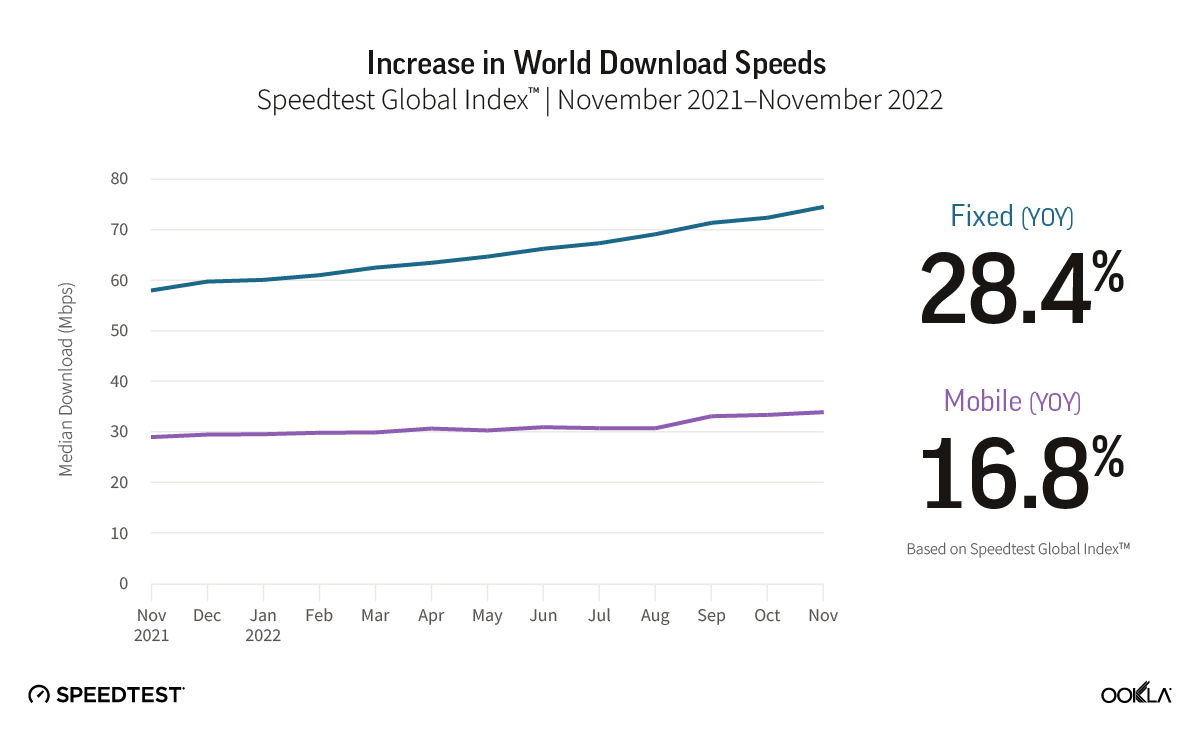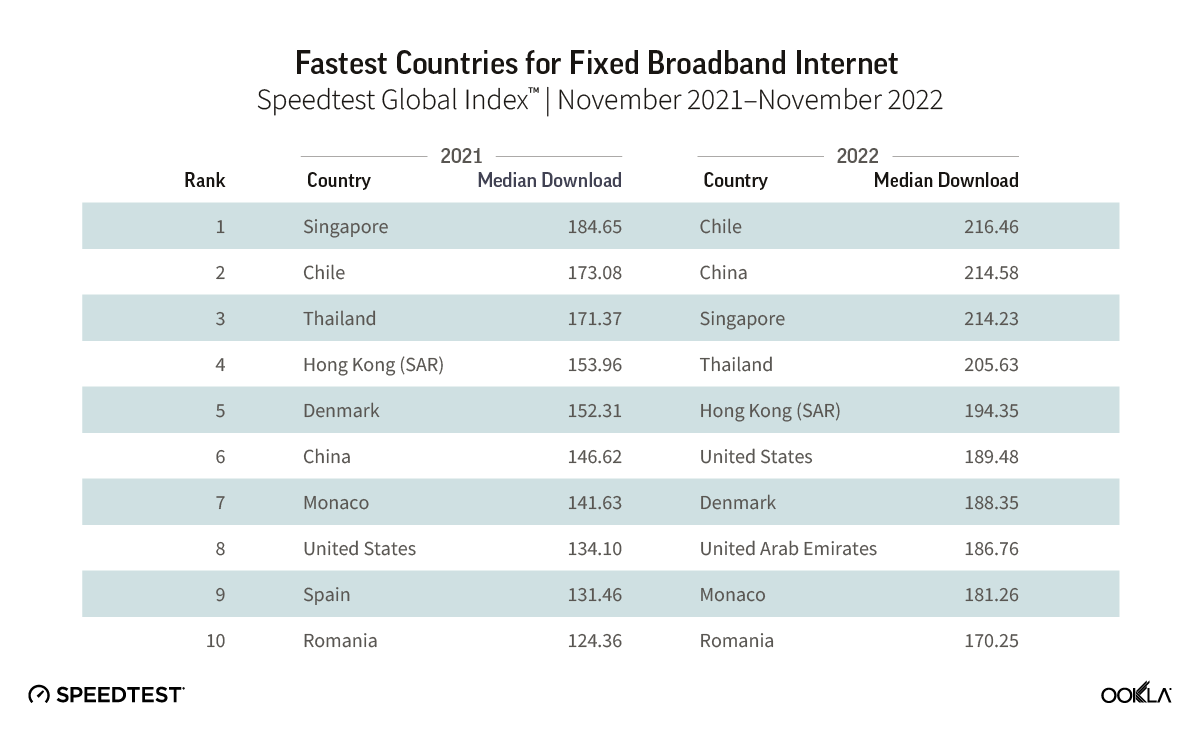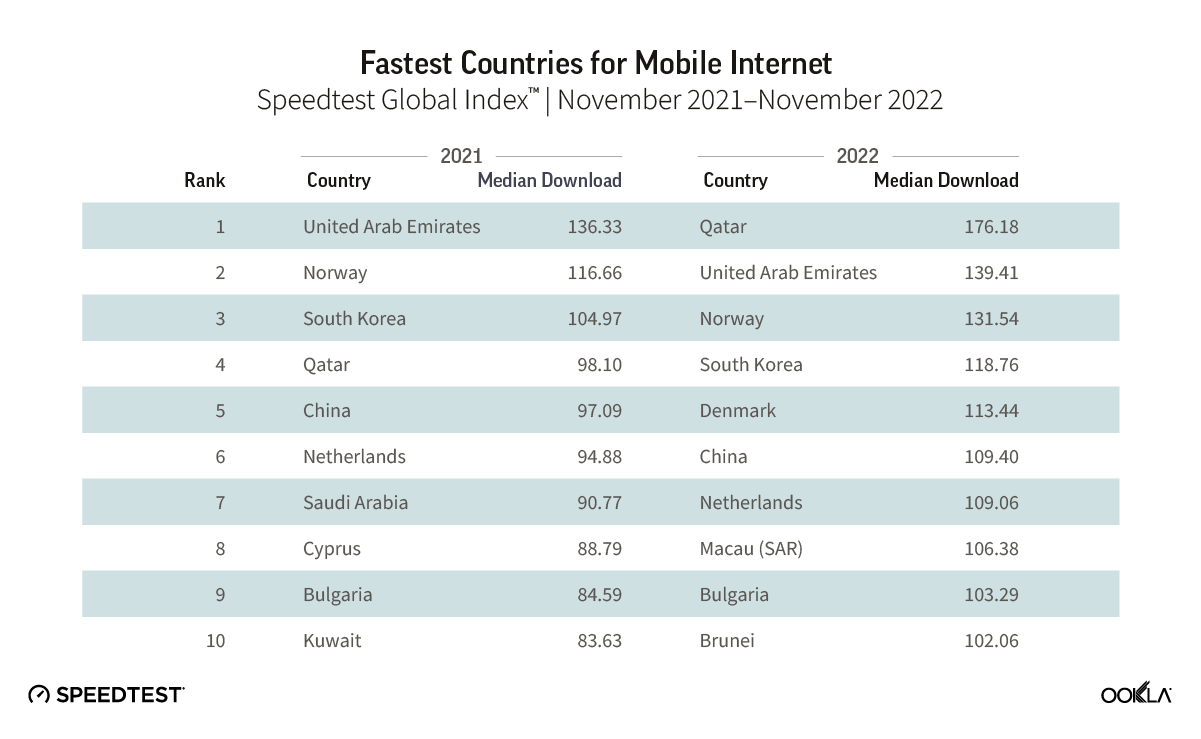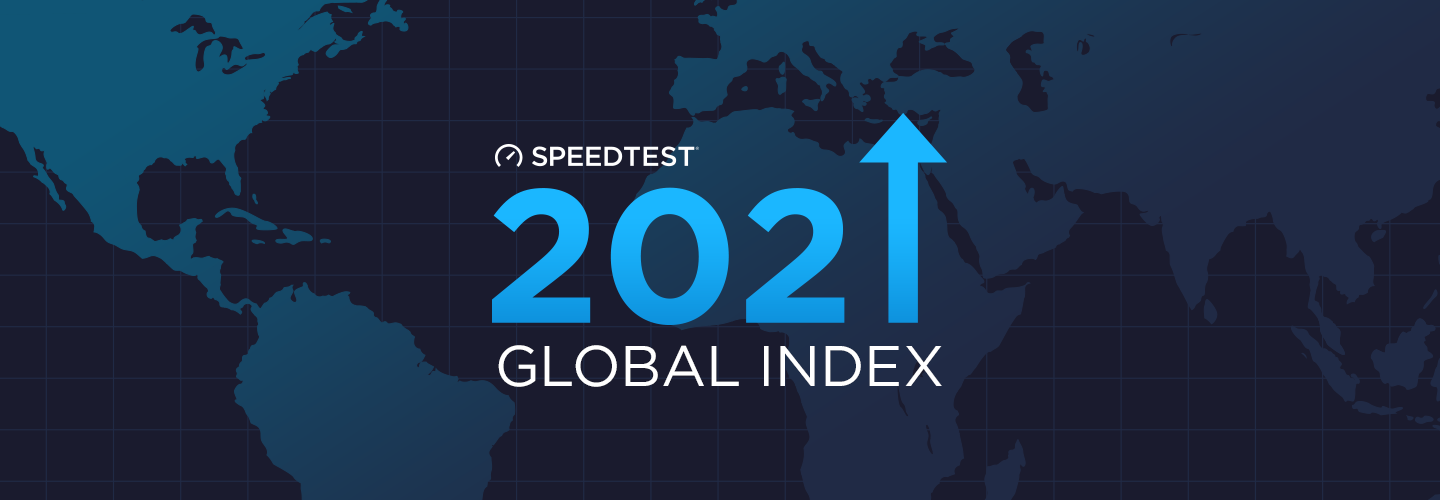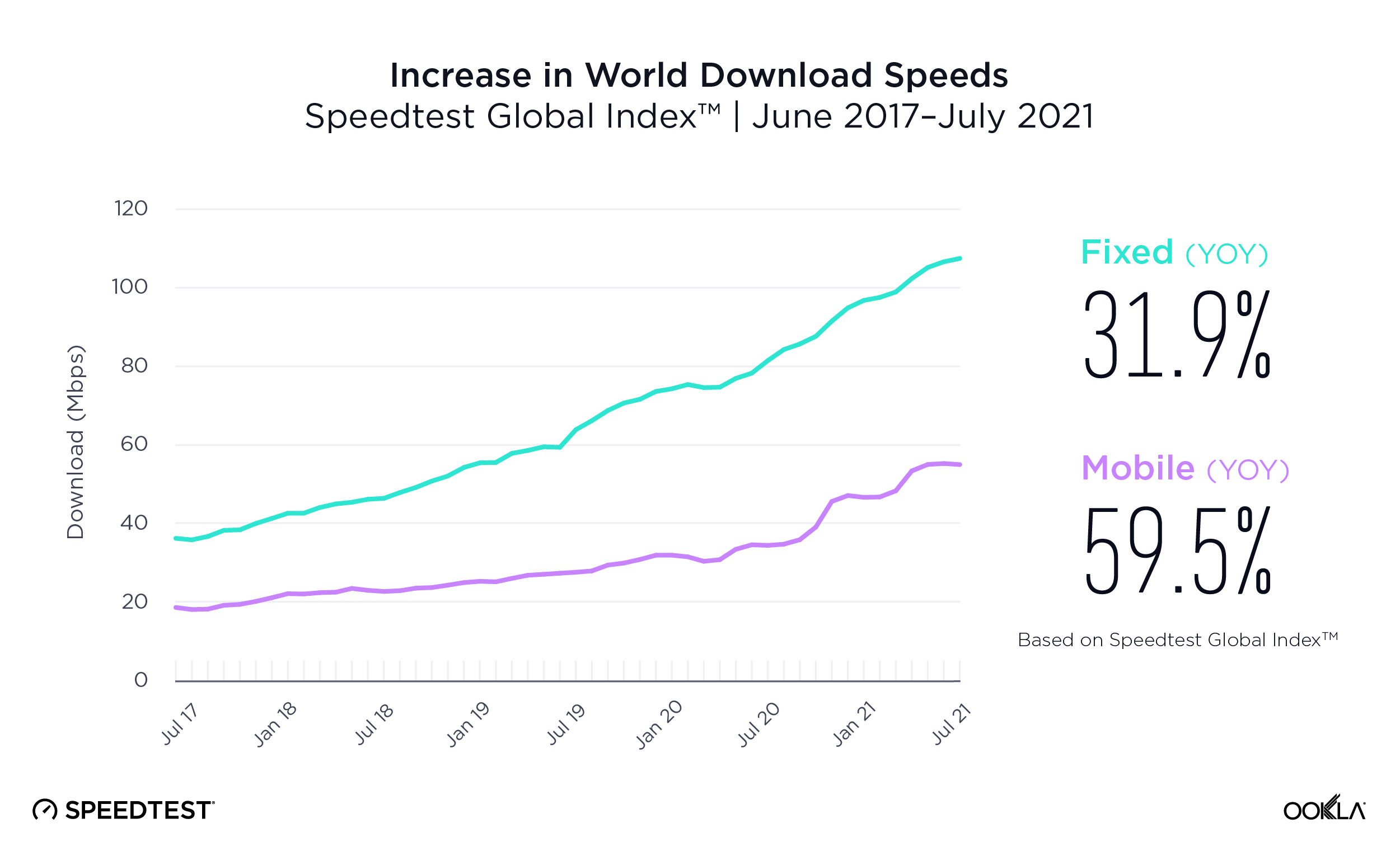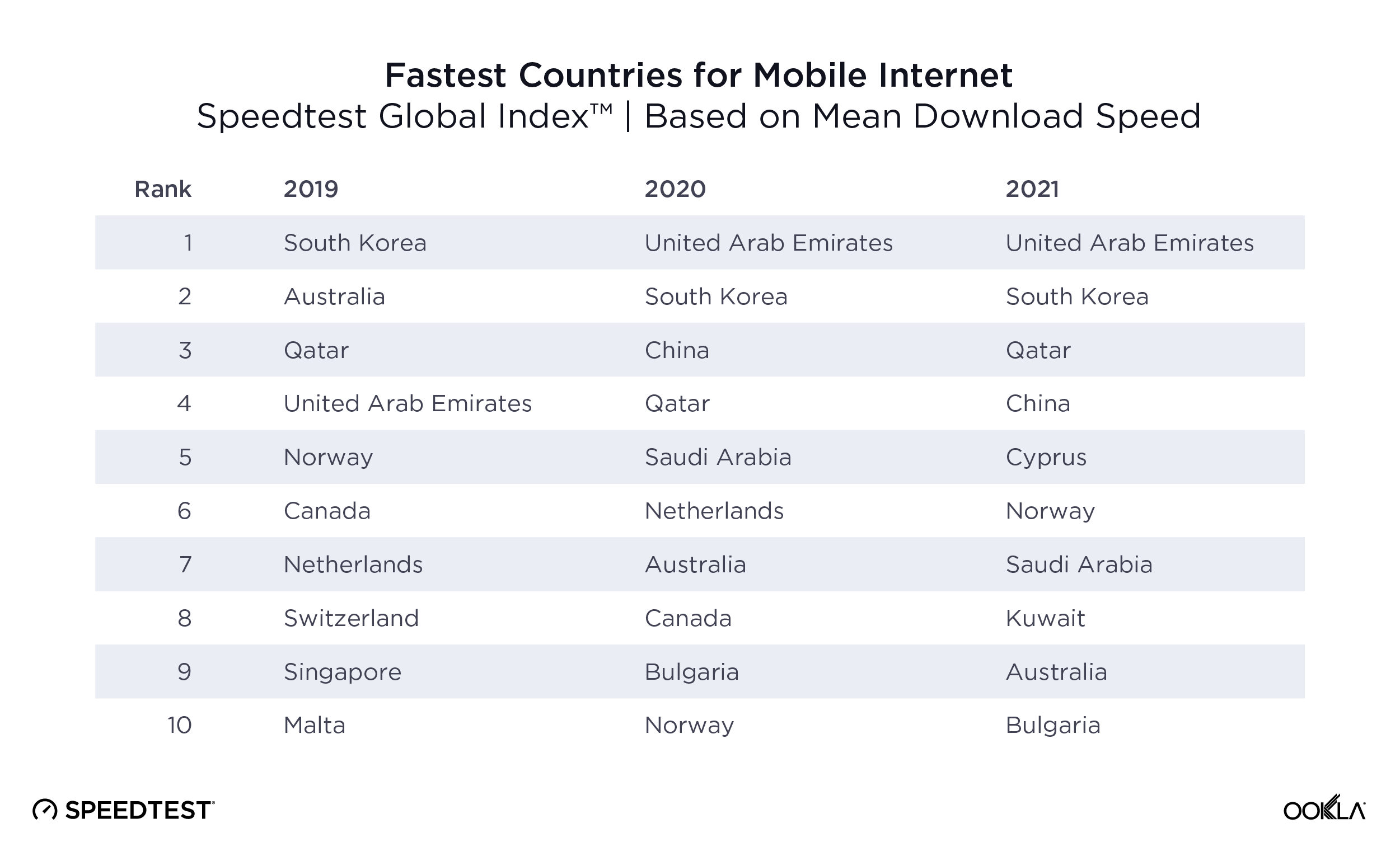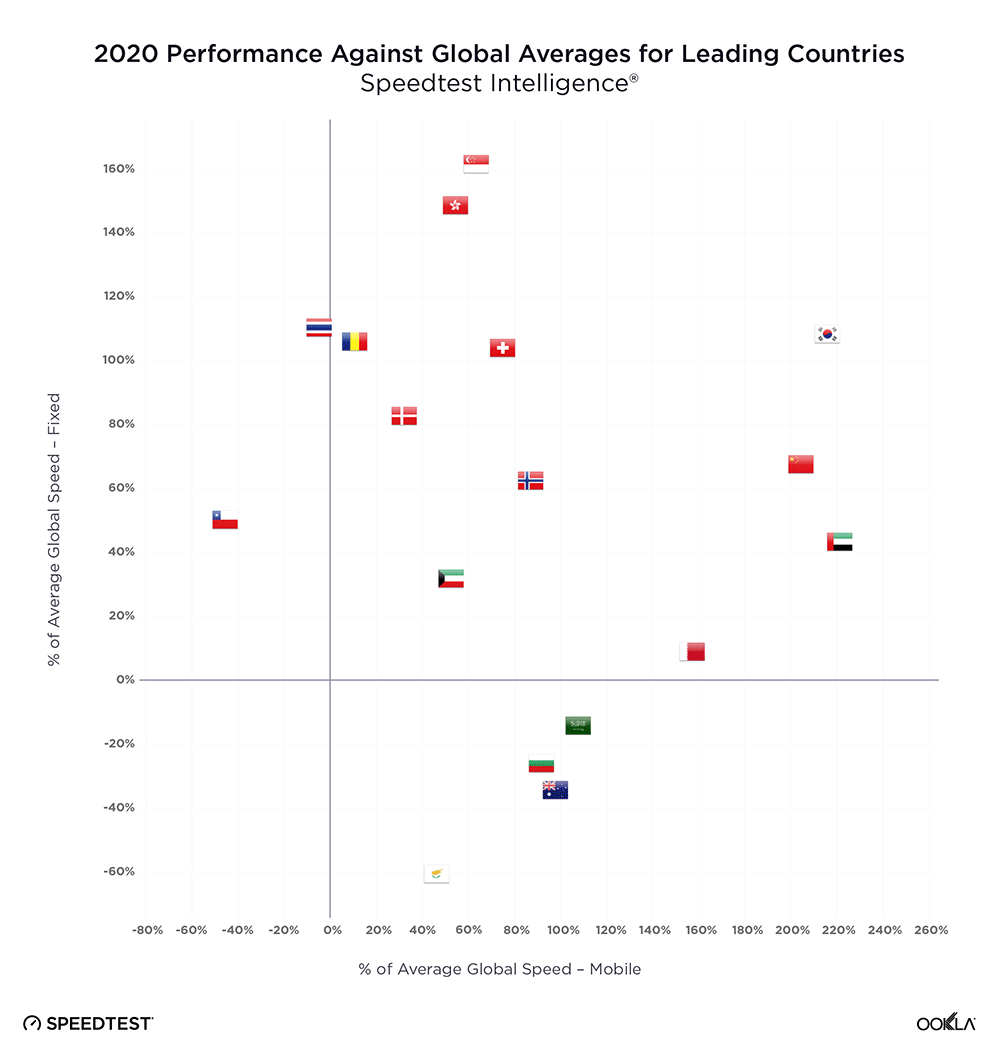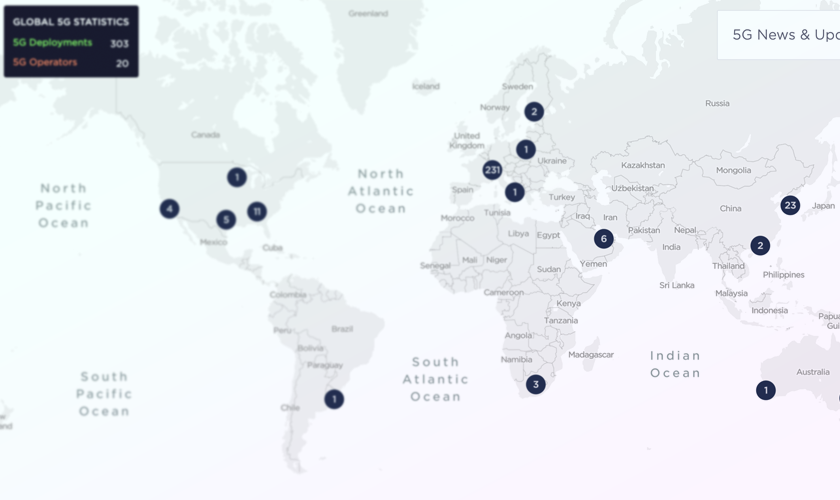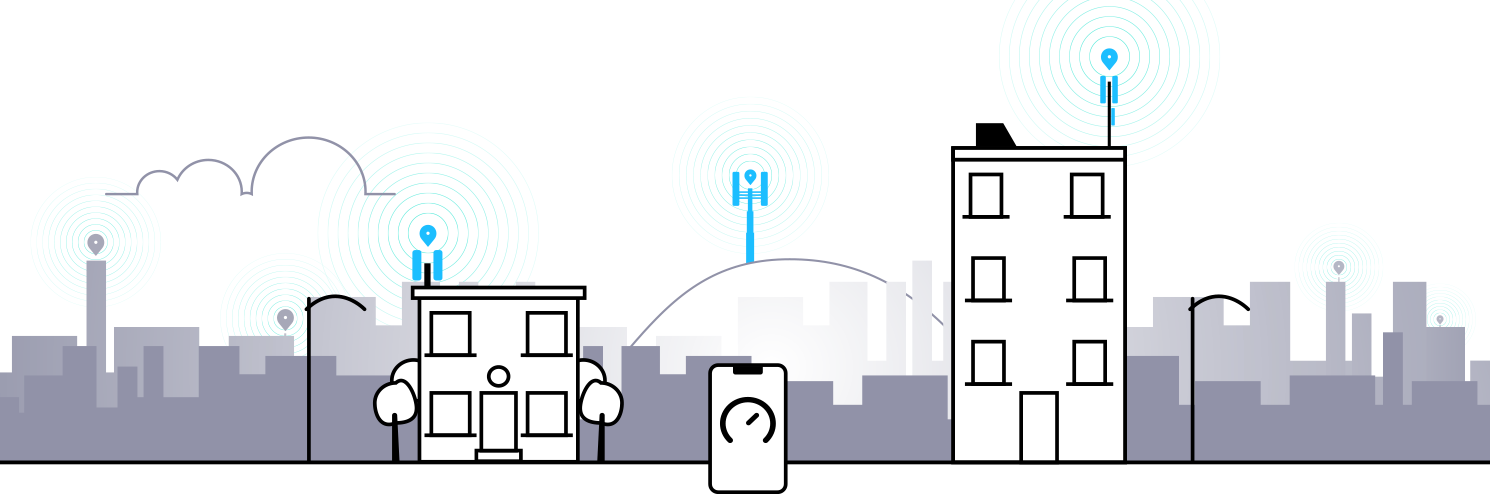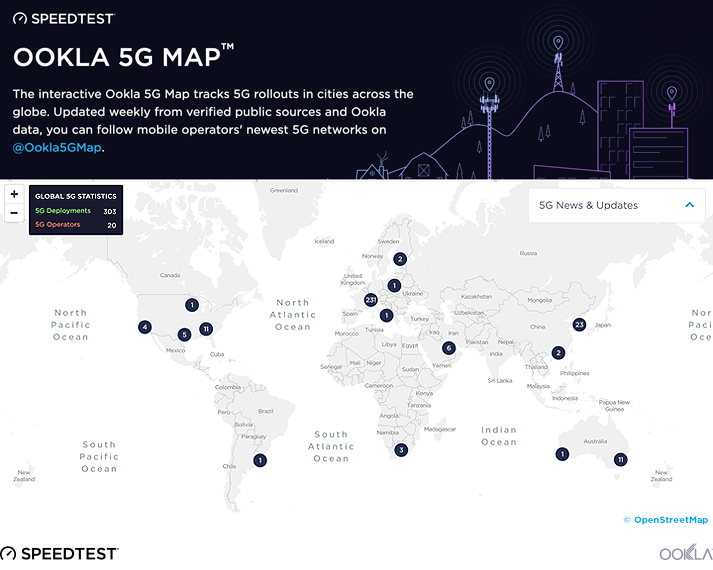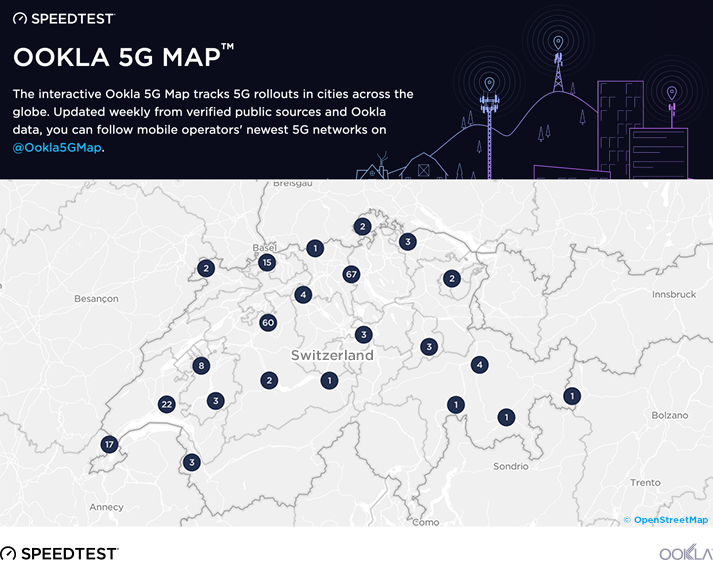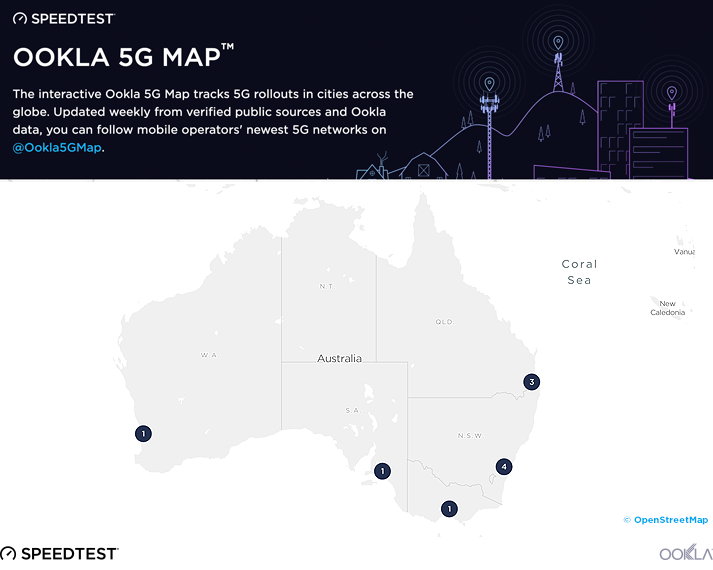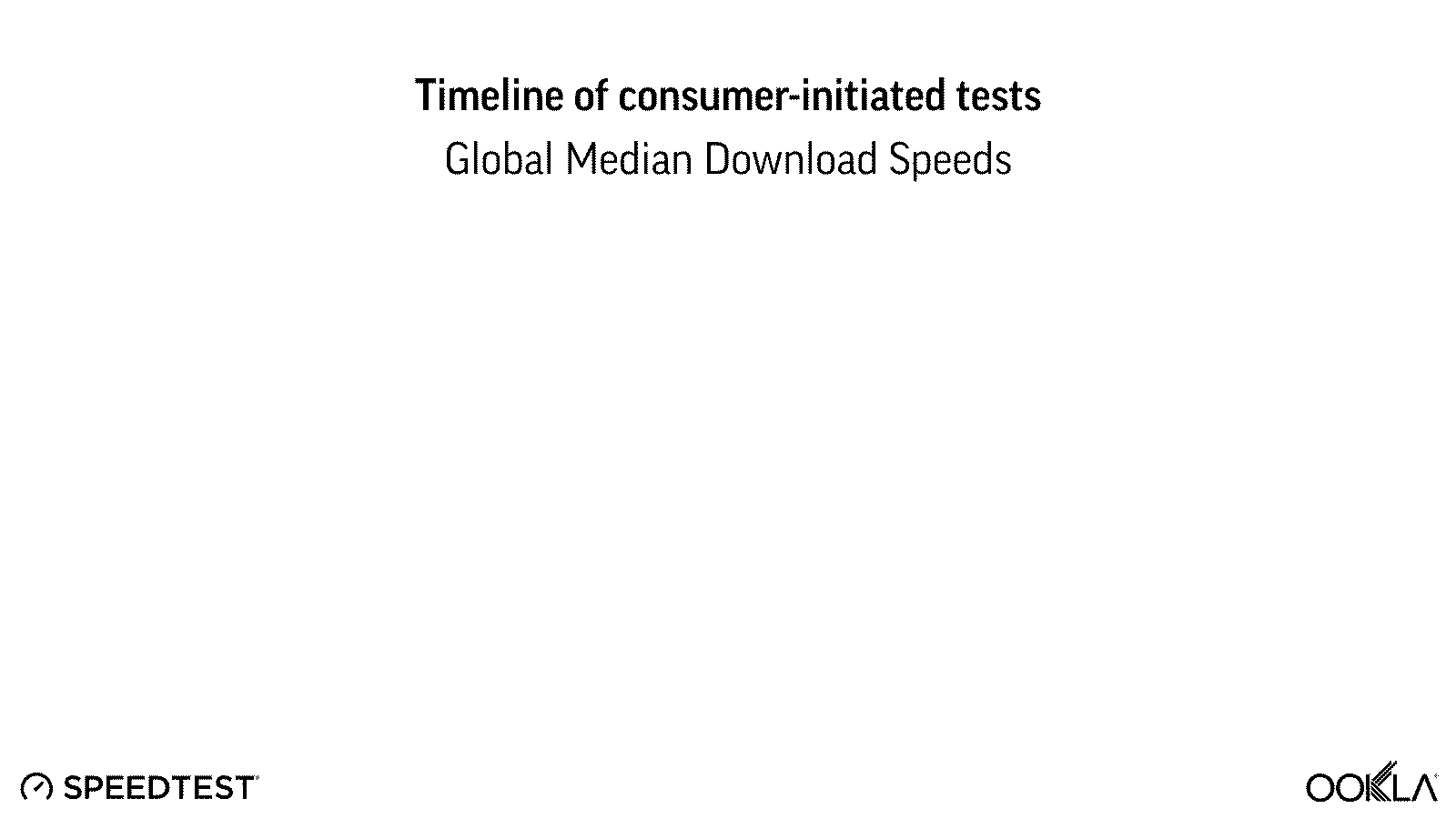Several Middle Eastern countries, including Bahrain, Jordan, Qatar, and the U.A.E., have emerged as leaders in fiber deployment and adoption. The introduction of gigabit packages and the increase in entry-level speeds have significantly boosted their ranking in the Speedtest Global Index® for fixed broadband. This article examines the factors driving performance in these countries, the initiatives of ISPs to enhance indoor performance, and key enablers for wider gigabit internet adoption in the region.
Key Takeaways:
- According to Ookla’s Speedtest Intelligence®, the U.A.E. leads the Middle East in fixed broadband performance in Q1 2024. The U.A.E. achieved a median download speed of 270.91 Mbps and an upload speed of 124.37 Mbps. Meanwhile, Bahrain and Qatar saw significant improvements in download and upload speeds, while the median download speed in Jordan rose rapidly from a small base, surpassing Saudi Arabia by Q1 2024.
- ISPs are addressing indoor performance bottlenecks with more modern consumer premise equipment (CPE). In-premise connectivity is crucial to guarantee maximum throughput on-premise. That is why ISPs started bundling Wi-Fi 6 compatible CPEs and deploying fiber-to-the-room (FTTR) for ubiquitous gigabit wireless access indoors.
- Affordability is a barrier to wider gigabit adoption in the Middle East. While geography, level of competition, and government policies all impact fiber deployment, affordability is key to unlocking faster speeds in the region. Making gigabit plans more accessible can help operators boost fiber subscribers and aspiring countries to move up the Speedtest Global Index.
The U.A.E. tops the Middle East in Speedtest Global Index for fixed broadband
The analysis focuses on countries in the Middle East that are leading in fiber coverage, adoption, and speed enhancements, namely Bahrain, Jordan, Qatar, Saudi Arabia, and the U.A.E. These achievements were thanks to significant progress by local ISPs in extending fiber coverage, encouraging migration to higher-speed plans, and making services more affordable. Government support has been vital in accelerating fiber roll-outs to keep pace with the demand for data services and to ensure universal access to high-speed internet as part of national broadband development strategies.
As a result, these countries continue to improve their Speedtest Global Index rankings. For example, the U.A.E rose from 18th in June 2020 to the second position in March 2024. Jordan jumped from 64th to 33rd while Bahrain jumped up 32 places to 63rd in the Index over the same period. Qatar’s position fluctuated between 29 and 45, with steady improvements since 2021. Saudi Arabia’s speed increase rate has been more modest than in other markets, causing a drop in the global ranking by 11 places to 46th in March 2024. The country is the largest in the group, which makes fiber coverage more limited outside the big cities, while there is a relatively large base of legacy copper connections.
Speedtest Global Index™ Rankings for Fixed Broadband, Select Countries in the Middle East
Speedtest Intelligence® | June 2020-March 2024
Speedtest Global Index Rankings for Fixed Broadband, Select Countries in the Middle East
Fixed broadband performance improved as faster entry-level fiber plans and gigabit packages were introduced
According to Speedtest Intelligence, the U.A.E. leads the Gulf region in median download speeds at 270.91 Mbps in Q1 2024, more than double the Q3 2022 figure. This represents the largest speed improvement among the reviewed countries. The turning point came in Q4 2022 when ISPs lifted the minimum broadband package speed from 250 Mbps to 500 Mbps and offered aggressive discounts to encourage upselling to faster fiber packages. The median upload speed also saw notable improvement, reaching 124.37 Mbps in March 2024.
Median Download Speeds for Fixed Broadband, Select Countries in the Middle East
Speedtest Intelligence® | Q1 2022-Q1 2024
Median Download Speeds for Fixed Broadband, Select Countries in the Middle East
Bahrain and Qatar also experienced significant and rapid rises in median download speeds, reaching 83.09 Mbps and 135.34 Mbps, respectively. The ISPs in the two countries saw significant improvements in upload speeds too. Users in Qatar saw the biggest jump in median upload speed, tripling from Q1 2022 to Q1 2024 to 115.74 Mbps. In Bahrain, the median upload speed increased by over 2.7x but remained the lowest of the group at 20.70 Mbps.
In Bahrain, the telecoms regulator mandated ISPs to double the speed of entry-level fiber packages in April 2023 while maintaining the same wholesale prices. This immediately impacted the market, with median broadband download speeds jumping from 48.14 Mbps in Q1 2023 to 70.17 Mbps in Q2 2023 (over 40%).
Qatar was the first country in the GCC to offer 10 Gbps consumer broadband packages. However, Ooredoo and Vodafone maintained a relatively low download speed on entry-level tariffs at 100 Mbps. This changed in June 2023, when they raised the minimum speed to 1 Gbps while offering discounts on more expensive fiber packages. These initiatives resulted in a step change in download speeds, increasing by 41% in Q1 2024 compared to Q2 2023.
Jordan began ramping up its fiber infrastructure in 2013-2014, with strong take-up since 2019 driven by increased competition, extended coverage outside the capital, and rising demand due to the COVID-19 pandemic. The launch of Fibertech, a fiber wholesale company, in 2019 significantly boosted service competition and led to more accessible and affordable fiber services for consumers. Fibertech, set up as a joint venture between ISP Umniah and Jordan Electricity Company, covered 1.2 Million households by July 2023 and planned to reach 1.4 million premises, 70% of Jordan’s households, by the end of that year.
Fiber overtook fixed wireless access (FWA) and ADSL connections in Q2 2021 and represented 56% of fixed broadband connections by the end of 2022. Fiber maintained its upward trajectory, capturing 64% of the market in 3Q 2023 with 513,744 active connections according to the last reported data from the Telecommunication Regulatory Commission (TRC)). Local ISPs have also been increasing the speed of entry-level plans and offering gigabit packages. For example, Orange Jordan introduced 2 Gbps and 10 Gbps plans in May 2023. This accelerated fiber take-up boosted the median speeds for both download and upload, reaching 130.41 Mbps and 108.08 Mbps, respectively, in Q1 2024. Notably, Jordan doubled its median upload speed in two years, narrowing the gap with its median download speed.
In Saudi Arabia, stc led the way by increasing the minimum download speed from 100 Mbps to 300 Mbps in the summer of 2022. Mobily followed suit in 2023 by doubling the speed of its entry-level package and introducing a 1 Gbps broadband plan during Q2 2023. Zain initially reserved higher download speeds (ranging from 200 Mbps to 500 Mbps) for customers on 2-year contracts, while those on 12-month contracts received speeds between 100 Mbps and 300 Mbps. However, in 2023, Zain merged its plans into a standard 18-month contract starting at 200 Mbps, with 1 Gbps at the high end. These initiatives began to impact the market in Q2 2023, when the median download speed surpassed 90 Mbps for the first time, reaching 108.95 Mbps by Q1 2024. Upload speeds also saw significant growth, rising to 53.75 Mbps during this period.
Speedtest Intelligence’s Enrichment API allows us to track the adoption and performance of individual fixed broadband technologies and assess their impact on the Saudi market. For example, the fiber share of stc Speedtest samples has been growing – fiber represented 75.4% of Speedtest samples in March 2024, up from 69.9% in Q4 2023. This increased fiber adoption contributed to raising overall fixed broadband performance across download, upload, and latency metrics and widened the performance gap with legacy DSL lines. This result also highlights the potential for further improvement if most samples (and by extension, customers) switch to fiber.
DSL and Fiber Performance, Saudi Arabia
Speedtest Intelligence® | Q4 2022 – Q1 2024
DSL and Fiber Performance, Saudi Arabia
Improving indoor coverage is key to ensuring maximum fiber performance delivery to customers
ISPs in the analyzed countries have rapidly expanded their fiber footprint and migrated customers to faster broadband services, helping to increase the median download speed. However, the last few meters indoors, closer to the end-users, can be a potential bottleneck to achieving maximum throughput. To address this, local ISPs have taken steps such as:
- Offering upgraded CPEs that support Wi-Fi 6. The choice of Wi-Fi standards and spectrum bands directly influences indoor connectivity quality, throughput, and network coverage. Our recent analysis found that over one-third of test samples in the Gulf region reported using Wi-Fi 4 to connect to the fixed CPE. More ISPs are now offering Wi-Fi 6 compatible CPEs and including additional mesh Wi-Fi nodes at no extra costs to improve indoor coverage and speed.
- Deploying fiber-to-the-room (FTTR). This relatively new technology involves deploying and extending fiber connectivity to each room, usually through transparent cables, to provide ubiquitous gigabit wireless access. ISPs started deploying this technology in East Asia to differentiate their broadband offering and it is now being adopted by ISPs in the Middle East, including Jordan (Umniah and Zain), Qatar (Ooredoo), Saudi Arabia (Salam, stc), and the U.A.E. (Etisalat by e&).
Making gigabit internet more accessible will unlock faster speeds and drive wider adoption
Countries with small landmasses and populations, and high urbanization, such as Singapore, the U.A.E., Hong Kong (SAR), Iceland, and Monaco, top the Global Speedtest Index. While such geographical and demographic characteristics give an advantage to smaller nations as they facilitate the deployment of fiber infrastructure, other factors including market competition, government support, and service affordability are key to driving mass adoption.
Many of the top 10 markets in the Global Speedtest Index have multiple ISPs competing which drives investments in better technology and continuous upgrades to attract customers. A competitive landscape benefits consumers because it helps to keep prices relatively low. It also accelerates increases in median speeds as ISPs tend to offer free speed upgrades to existing customers. For example, in Hong Kong (which had 28 licensed ISPs as of March 2024) and Singapore, gigabit broadband speeds have been available to residential customers since the early 2010s, and ISPs have eliminated sub-1 Gbps plans. As a result, 85% of residential homes in Singapore and 68.0% in Hong Kong have at least 1 Gbps services. Chile, Latin America’s leader in fixed line performance and fourth in the Speedtest Global Index in Q1 2024, has six ISPs with more than 5% market share, all of which are heavily focused on migrating customers to fiber.
Governments in these leading countries have also prioritized strong digital infrastructure development with significant investment in infrastructure. For example, China has pursued a state-coordinated infrastructure deployment program to promote economic development. In France, the government’s “France Très Haut Débit” initiative aimed to provide fiber optic access to all citizens by 2025 through public-private partnerships. The Singaporean government invested S$1 billion to build the infrastructure of its National Broadband Network (NBN) which supported speeds of up to 10 Gbps and reached more than 95% premises in 2013. In February 2023, it announced an additional investment of up to S$100 million to upgrade the NBN to enable more than half a million households to benefit from speeds of up to 10Gbps by 2028.
While the broadband infrastructure in some countries from the Middle East is gigabit internet-ready, the disparity in income and the high price of these packages hinder the adoption rate of high-speed broadband services. For example, a 1 Gbps fiber line in Hong Kong or Singapore could cost as little as $30 per month, and a plan with a similar speed starts at $100 per month in Qatar, $150 in the U.A.E., $250 in Saudi Arabia, and $345 in Bahrain. This highlights the need to make gigabit plans more affordable if the operators want to boost fiber subscribers and countries aspire to move up the Speedtest Global Index.
As demand for high-speed internet continues to grow, we expect increased adoption of 10 Gbps speeds to support more demanding applications and improve the user experience. Work is underway in some developed markets to build higher-capacity broadband networks to enable new cases and make the infrastructure future-ready. For example, In March 2024, Hong Kong Telecom announced the availability of 50 Gbps lines for residential and business customers. This trend is slowly emerging in the Middle East – Etisalat by E& in the U.A.E and Ooredoo in Qatar announced early experiments with 50G PON technology. We anticipate continued innovation and competition in the region, driving further advancements that will ultimately benefit end-users by delivering faster and more affordable gigabit connectivity options.
For more information about Speedtest Intelligence data and insights, please contact us.
Ookla retains ownership of this article including all of the intellectual property rights, data, content graphs and analysis. This article may not be quoted, reproduced, distributed or published for any commercial purpose without prior consent. Members of the press and others using the findings in this article for non-commercial purposes are welcome to publicly share and link to report information with attribution to Ookla.


